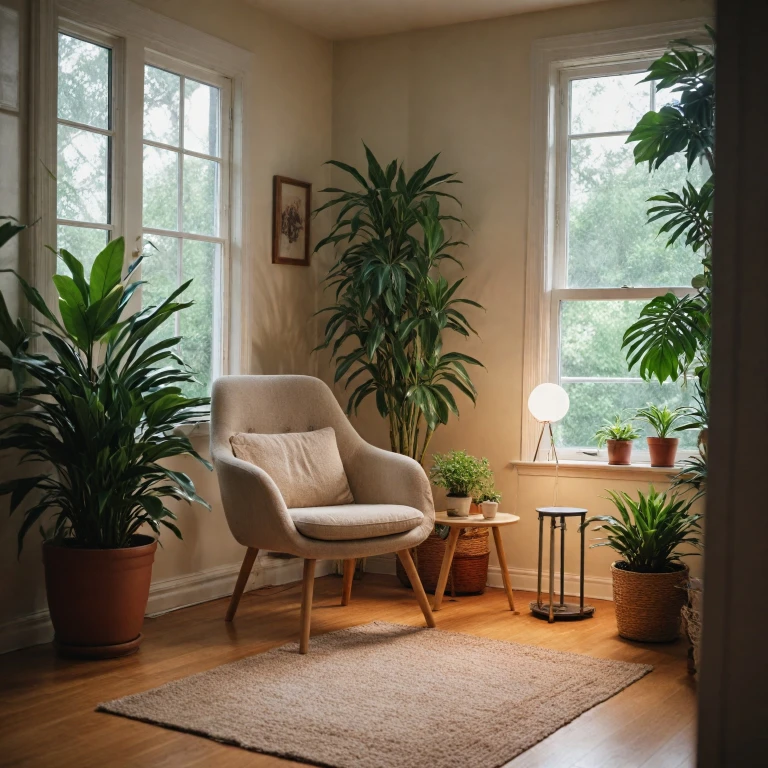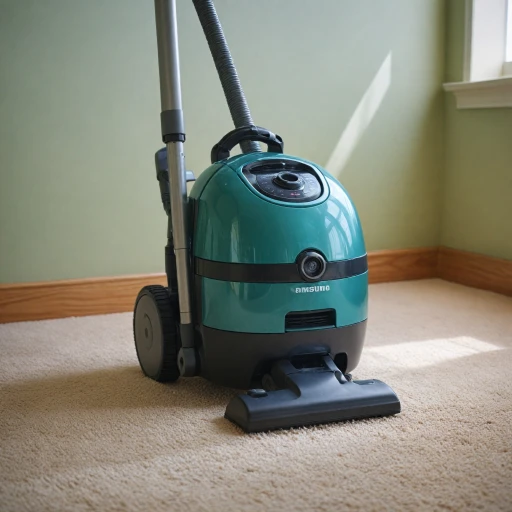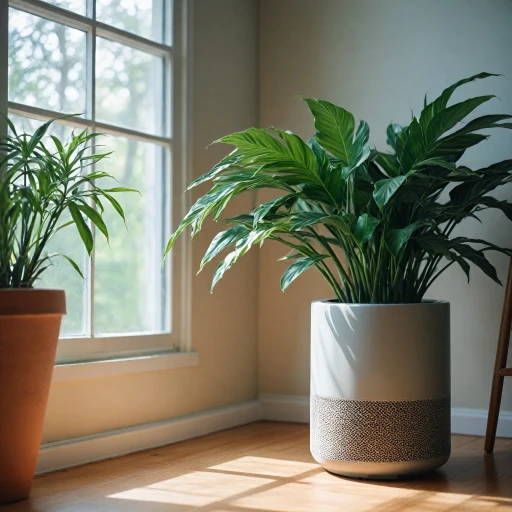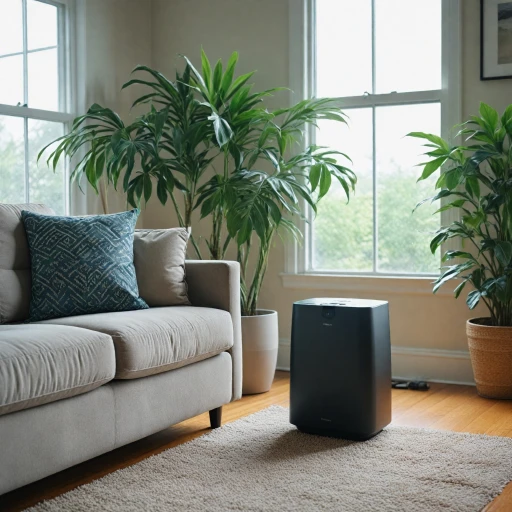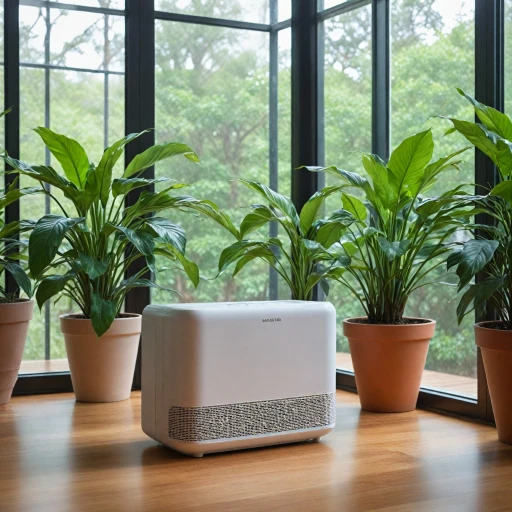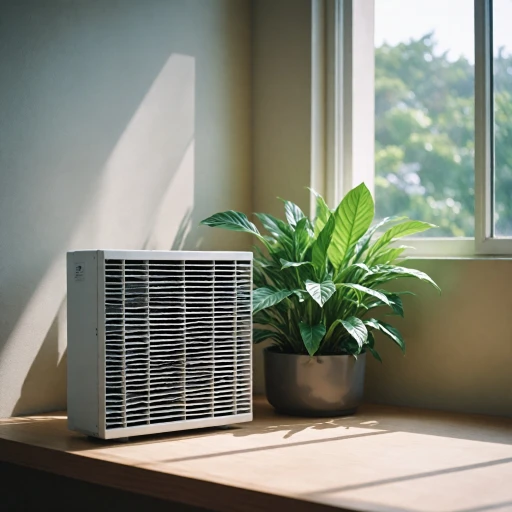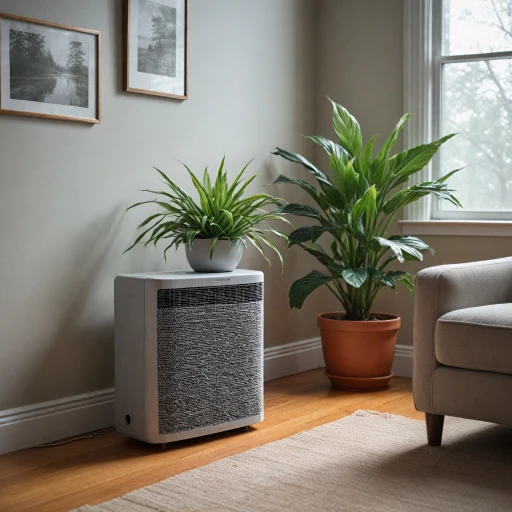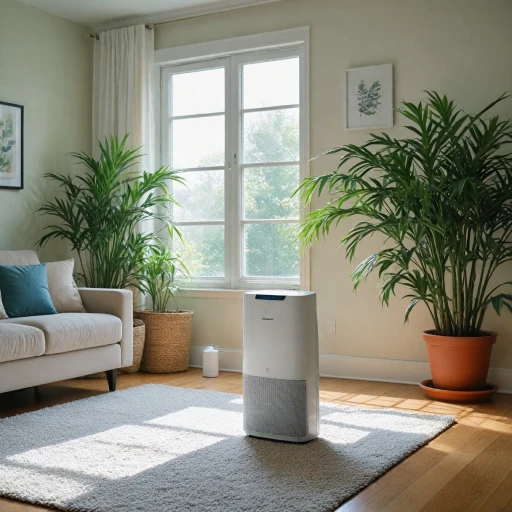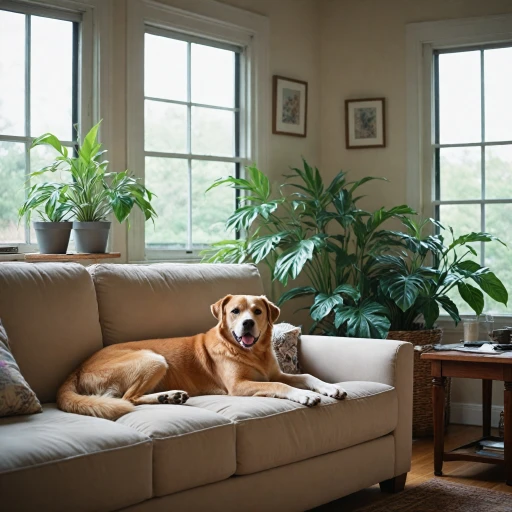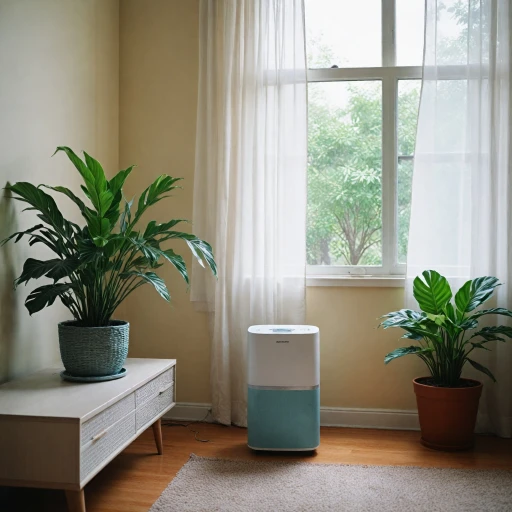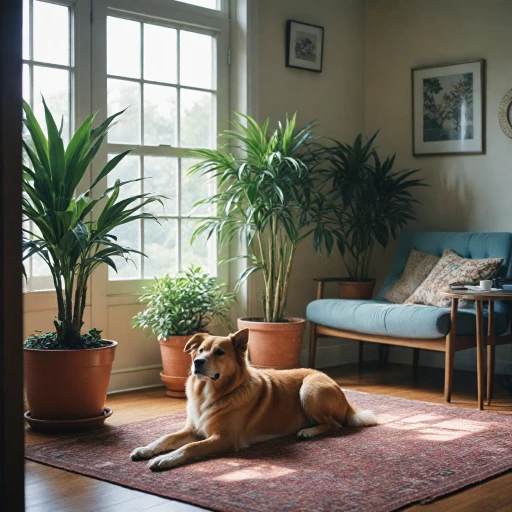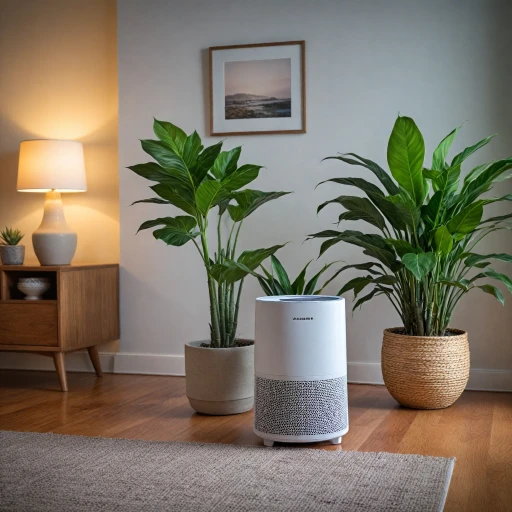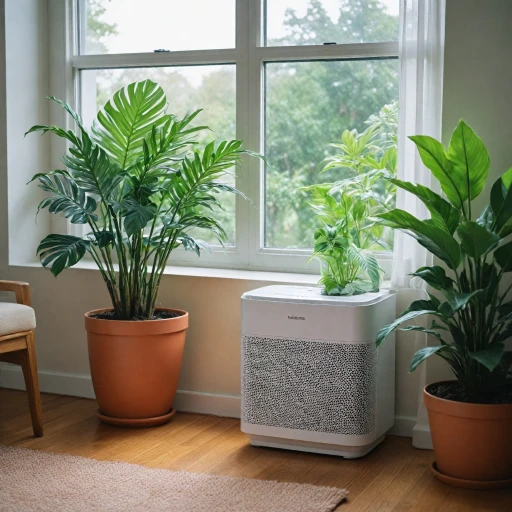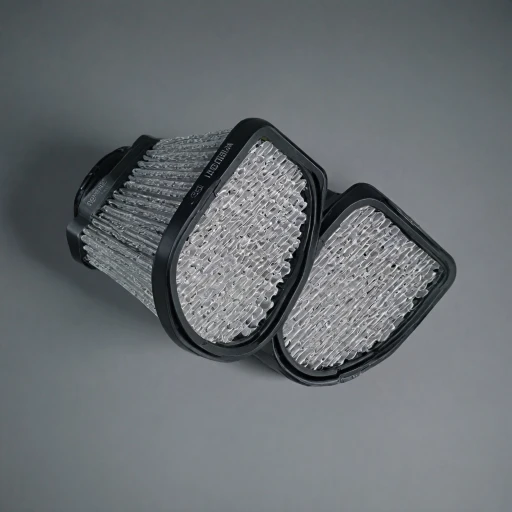
Understanding Air Purifier Technologies
Exploring Various Purification Technologies
When selecting an air purifier for a small room, understanding the different technologies is crucial. With advancements in the purification industry, it's vital to know how each system works to ensure you choose the best fit for your needs. HEPA Filters HEPA (High-Efficiency Particulate Air) filters are renowned for their effectiveness in capturing particles as small as 0.3 microns, making them a popular choice for air purifiers. True HEPA filters are tested and meet strict criteria, providing assurance of air quality improvement—especially crucial for small spaces. Activated Carbon Filters In addition to HEPA, many purifiers include activated carbon filters. These are particularly effective for removing odors and volatile organic compounds (VOCs). Their ability to adsorb gases adds an extra layer of purification, making them ideal for rooms where smells can be a concern. UV-C Light Technology Some air purifiers feature UV-C light to kill bacteria and viruses. While effective, considering the additional energy consumption and cost is important. Evaluation of its necessity compared to other features might be required based on your priorities. Ionic Purifiers Ionic purifiers use charged particles to collect pollutants. They can be effective but may also produce ozone as a byproduct, which can be a point of consideration for those sensitive to it. Assessing if this matches your requirements could save future complications. For a deeper understanding of how these technologies aid in preventing specific issues like mold, consider reading more about choosing the right air filter here. When analyzing small air purifiers, considering factors like noise level, CADR CFM ratings, and room size compatibility is essential. Popular brands like Levoit and Coway often feature these technologies, balancing performance with energy efficiency.Key Features to Look for in Small Room Air Purifiers
Identifying Essential Features for Effective Purification
When selecting an air purifier for a small room, it's crucial to consider a range of features that ensure optimal air quality. With numerous products on the market, identifying the features that meet your specific needs will make all the difference. Here are some key points to consider:
- HEPA Filters and True HEPA Technology: For the best results, opt for purifiers equipped with HEPA or True HEPA filters. These filters are designed to capture 99.97% of airborne particles as small as 0.3 microns, making them extremely effective in removing dust, pollen, and other allergens.
- CADR Rating: The Clean Air Delivery Rate (CADR) measures the volume of filtered air delivered by an air purifier. A higher CADR indicates a more effective purification process. Consider a suitable CADR for the room size where the purifier will be used.
- Noise Level: Some air purifiers can be noisy, which might be distracting in smaller spaces. Look for models with lower noise levels, particularly if you plan to use the purifier in a bedroom or office.
- Auto Mode and Quality Sensors: These features allow air purifiers to adjust their fan speeds automatically based on real-time air quality readings. This ensures efficient energy use and optimal air purification for varying conditions.
- Activated Carbon: To effectively remove odors and volatile organic compounds (VOCs), choose air purifiers with activated carbon filters. This feature is vital in rooms with frequent exposure to cooking, smoke, or pets.
Considering the Size and Aesthetic of the Purifier
The dimensions and aesthetics of the purifier are also noteworthy when dealing with limited space. While small air purifiers occupy less space, ensure the unit is not too undersized for optimal efficacy. Models like the Levoit Vital and the Coway Airmega are known for their compact designs that don't overwhelm a room.
Energy Efficiency and Cost
Choose products that are energy-efficient to keep running costs low. Some air purifiers are ENERGY STAR certified, indicating superior energy conservation. Balancing between performance, cost, and energy consumption is essential for finding the best small room purifiers.
When deciding on an air purifier, keep these features in mind to ensure you select a model that meets your air quality needs while fitting seamlessly into your small spaces. This guarantees not only cleaner air but also a harmonious addition to your home or office environment.
Assessing Air Quality Needs for Small Spaces
Determining Your Air Quality Needs
When selecting an air purifier for small rooms, it's essential to assess your specific air quality needs. Knowing the particular pollutants and concerns you're addressing will guide you in choosing a device that will effectively improve the air quality in your space. Here are some aspects to consider:- Room Size: The dimensions (inches) of your room are crucial in selecting an appropriate purifier. Many products on the market specify the room size they can handle. For small spaces, finding a unit designed for tighter areas is vital.
- Air Quality Concerns: Identify the specific concerns you have. If you're combating allergies or want to remove pet odors, for instance, you'll need a purifier equipped to handle those specific pollutants. Understanding these needs will be essential in determining the best air purifier for your space. Here you can find more insights on how air purifiers help with specific odors.
- Type of Filter: For a small room, a true HEPA filter is often recommended. These are designed to capture a high percentage of airborne particles, ensuring the best air quality. Units like the Levoit Core or Coway Airmega offer excellent filtration options.
- CADR Rating: The Clean Air Delivery Rate (CADR) measures the efficiency of an air purifier at eliminating specific pollutants. Look for air purifiers with high CADR ratings to ensure optimal performance in smaller spaces.
- Noise Level: Since the air purifier will likely run for extended periods, ensure that the noise level is tolerable. Some models offer quiet operation modes, which can be an essential consideration for small spaces where noise can become intrusive.
- Additional Features: Consider models that offer features like a quality sensor, auto mode adjustments, or a fan with various speed settings, as these can enhance functionality and user convenience.
Comparing Popular Small Room Air Purifier Models
Comparing Small Room Purifiers: A Look at Top Models
When it comes to choosing the best air purifier for small spaces, such as rooms under 200 square feet, there are several excellent products to consider. Here, we explore some popular small room purifiers and their features.- Levoit Core 300: A popular choice among consumers, the Levoit Core 300 boasts a true HEPA filter, capable of trapping 99.97% of particles as small as 0.3 microns. Its compact design, measuring 8.7 x 8.7 x 14.2 inches, makes it suitable for cozy rooms. With a CADR (Clean Air Delivery Rate) of up to 141 CFM, this purifier efficiently refreshes air quality.
- Levoit Vital 100: Known for its powerful purification, the Levoit Vital 100 is equipped with a HEPA filter and activated carbon, addressing both particulate matter and odors. This model's dimensions are 12.8 x 6.4 x 16.1 inches, making it slightly larger, but its coverage and energy efficiency make it noteworthy. This purifier is ideal for those prioritizing low noise levels, with a whisper-quiet fan at 23dB.
- Coway Airmega AP-1512HH: Equipped with a 4-stage filtration system including a pre-filter, deodorization filter, true HEPA filter, and vital ion. Its auto mode adjusts purification based on the quality sensor's feedback, ensuring optimal air quality with minimal fuss. It's a top choice with high ratings for its balance of performance and ease of use in small rooms.
Maintenance and Care for Optimal Performance
Ensuring Long-Lasting Performance
Maintaining and caring for your air purifiers is essential to keep them operating at their best. Whether you have a Levoit, Coway Airmega, or another brand, these simple steps can help you maintain optimal air quality in small rooms:- Regular Filter Replacement: To ensure your purifier continues to capture pollutants effectively, replace HEPA filters and activated carbon filters as recommended by the manufacturer. Most filters require changing every 6-12 months, but check your specific model’s guidelines.
- Consistent Cleaning: Dust and debris can accumulate on the purifier’s exterior and vents. Cleaning these areas regularly with a damp cloth can help maintain efficiency and air circulation.
- Monitor Air Quality Sensors: High-quality purifiers might feature built-in air quality sensors. Ensure these sensors are functional and check for any calibration needs.
- Noisy Operations Check: If your purifier’s noise level increases significantly over time, it might indicate a clogged filter or a need for internal cleaning. Refer to your purifier’s manual for troubleshooting steps.
- Energy Efficiency: Modern air purifiers often come with auto mode settings that optimize power usage. Make sure to utilize these features to maintain energy efficiency without compromising air quality.
Budget Considerations and Cost-Effectiveness
Consideration of Cost Factors and Budget-Friendly Options
When selecting an air purifier for a small room, budget considerations become a crucial element in the decision-making process. It is essential to balance the cost against the benefits you will get from the device.- Initial Purchase Cost: Air purifiers, including popular models like the Levoit Core and Coway Airmega, vary greatly in terms of initial purchase prices. It's important to assess if a high upfront cost guarantees better air quality or whether more affordable models can still provide adequate filtration with features like a true HEPA filter.
- Operational Costs: Consider the energy consumption of the purifier. Models with energy-efficient certifications can lead to long-term savings. Checking the device's CADR (Clean Air Delivery Rate) is suggested, as higher CADR models might indicate more efficient operations, suitable for small air purifiers.
- Filter Replacement and Maintenance: Filters, especially HEPA and activated carbon filters, require periodic replacement to maintain air quality and efficiency. Explore options where filters have a longer lifespan or check for models like the Levoit Vital, which may have cost-effective filter replacements.
- Added Features and Technology: While sophisticated features like auto modes, quality sensors, and quiet fans are enticing, they often come at a premium. Evaluate whether these enhancements are vital for your small spaces or if a basic model would suffice your needs without inflating costs.
- Reviews and Recommendations: To ensure the air purifier meets your expectations, rely on purifiers tested against high standards. Platforms like Amazon provide genuine user insights regarding noise levels, dimensions in inches, and even weight considerations, assisting you to select the best fit based on past consumer experiences.
